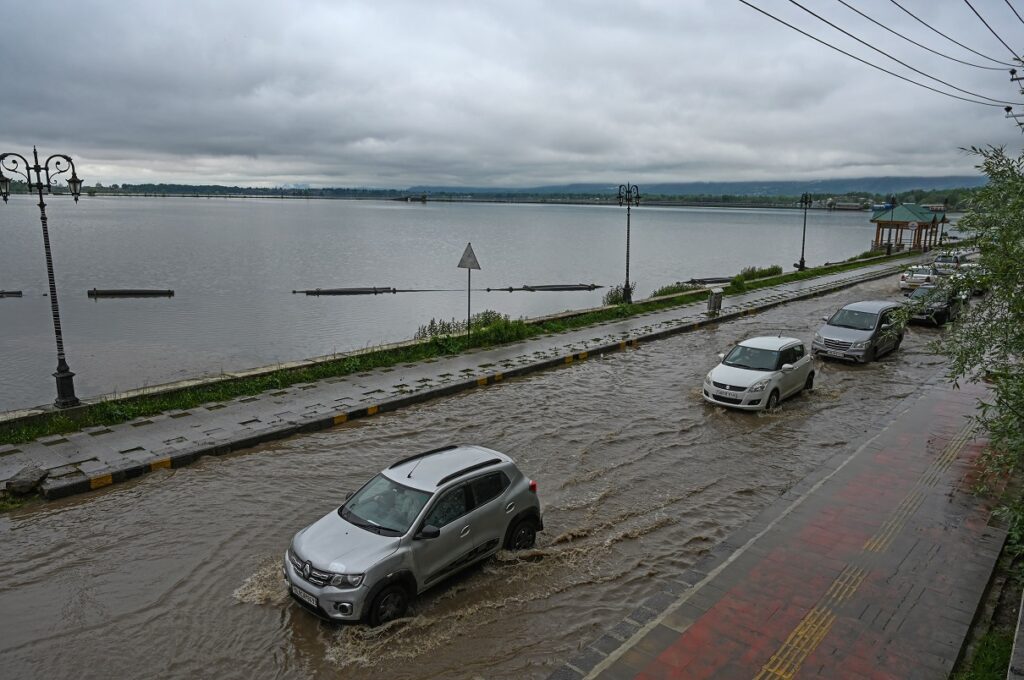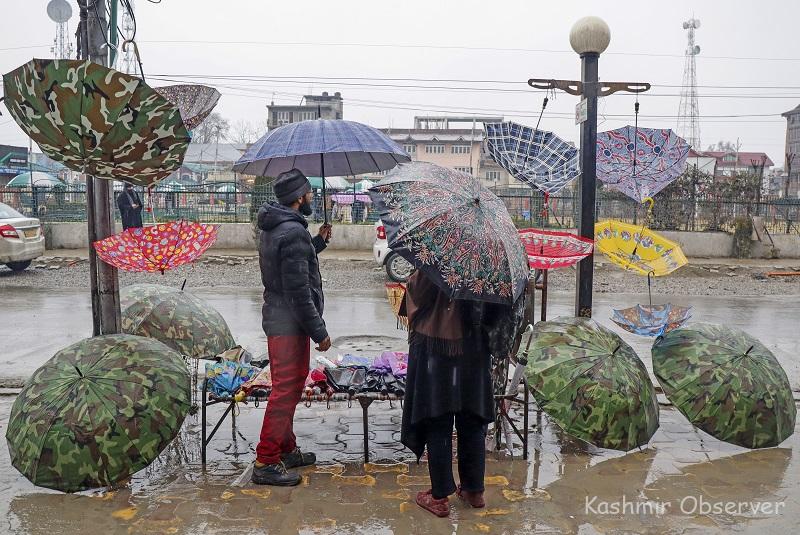
The inundation of the Kashmir valley, and particularly Srinagar City in September 2014, stands as a stark reminder of the vulnerabilities inherent in the Kashmir region’s landscape. The flooding, which submerged the city entirely, left behind a trail of devastation, amounting to approximately USD 16 billion in losses. Beyond the immediate economic impact, the flood’s repercussions rippled through various sectors, affecting the health industry, educational institutions, and iconic tourist attractions such as the traditional houseboat businesses.
The calamity extended its reach beyond the borders of Srinagar, causing damages totaling over USD 18 billion in both India and Pakistan combined. This staggering figure solidified its status as the most financially debilitating disaster of the year 2014. However, delving deeper into the anatomy of the post-flood scenario reveals a narrative that transcends mere natural calamity. It speaks volumes about the systemic issues that exacerbated the disaster, chief among them being unplanned urbanization, negligence in maintaining vital waterways like the Jhelum River and flood canals, frequent riverbank inundations and breaches, and the lack of regulated floodplain management practices.
The April 2024 flooding in many parts of the valley after a short spell of rainy days makes it obvious that Kashmir is extremely unprepared to resist any major flooding event that could recur. The flood situation is not new to the history of Kashmir. For example, the historical context provided by Lawrence’s “The Valley of Kashmir,” penned in 1895, sheds light on the ill-fated choice of Srinagar’s location. Lawrence bemoans the city’s susceptibility to floods, attributing it not only to natural phenomena but also to human intervention that obstructed the region’s natural drainage systems. This retrospective insight underscores a recurring theme: the disregard for the environmental nuances of the Kashmir landscape in favor of short-sighted urban expansion.
While climate change undoubtedly plays a role in exacerbating flood hazards, attributing the entirety of Kashmir’s flooding issues to this singular factor would be reductive. The region’s topography, coupled with unchecked urbanization, insufficient waterbody maintenance, tectonic activities, and geological intricacies like the distribution of Karewa deposits, collectively contribute to its vulnerability. Hence, addressing Kashmir’s flood hazards necessitates a multifaceted approach that transcends simplistic explanations.
Implementing scientifically sound strategies for flood mitigation is paramount to safeguarding lives and livelihoods in the region. Decades of neglect in this regard have only exacerbated the risks associated with flooding, as evidenced by the 2014 catastrophe. Identifying and delineating critical flood zones along the Jhelum River is a crucial first step towards effective risk management. These zones, characterized by prolonged waterlogging during floods, demand targeted intervention and proactive measures to mitigate future disasters.
Designating high-risk and low-risk flood hazard areas, enforcing stringent protection protocols, and regulating construction activities in vulnerable zones are imperative tasks for administrative authorities in Jammu and Kashmir. Furthermore, expanding floodplains, particularly in downstream areas of the Jhelum River like Srinagar City, is essential to mitigate the impacts of future flood events. Additionally, safeguarding natural barriers such as Karewa deposits, which have historically played a crucial role in minimizing flood extent, is of paramount importance.
Investing in infrastructure projects such as new flood canals can significantly enhance the region’s resilience to flood hazards. These canals not only help manage excess water during flood events but also aid in draining water from low-lying regions downstream of the Jhelum River. However, such initiatives must be accompanied by robust governance frameworks and community engagement to ensure their effectiveness and sustainability.
In conclusion, managing flood hazards in Kashmir demands a holistic approach that addresses the myriad factors contributing to its vulnerability. From urban planning and infrastructure development to environmental conservation and community resilience, tackling this complex issue requires concerted efforts from all stakeholders. By heeding the lessons of the past and embracing scientifically sound strategies for the future, Kashmir can better prepare itself to endure the storms that lie ahead.
- Views expressed in the article are the author’s own and do not necessarily represent the editorial stance of Kashmir Observer
Follow this link to join our WhatsApp group: Join Now
Be Part of Quality Journalism |
Quality journalism takes a lot of time, money and hard work to produce and despite all the hardships we still do it. Our reporters and editors are working overtime in Kashmir and beyond to cover what you care about, break big stories, and expose injustices that can change lives. Today more people are reading Kashmir Observer than ever, but only a handful are paying while advertising revenues are falling fast. |
| ACT NOW |
| MONTHLY | Rs 100 | |
| YEARLY | Rs 1000 | |
| LIFETIME | Rs 10000 | |












